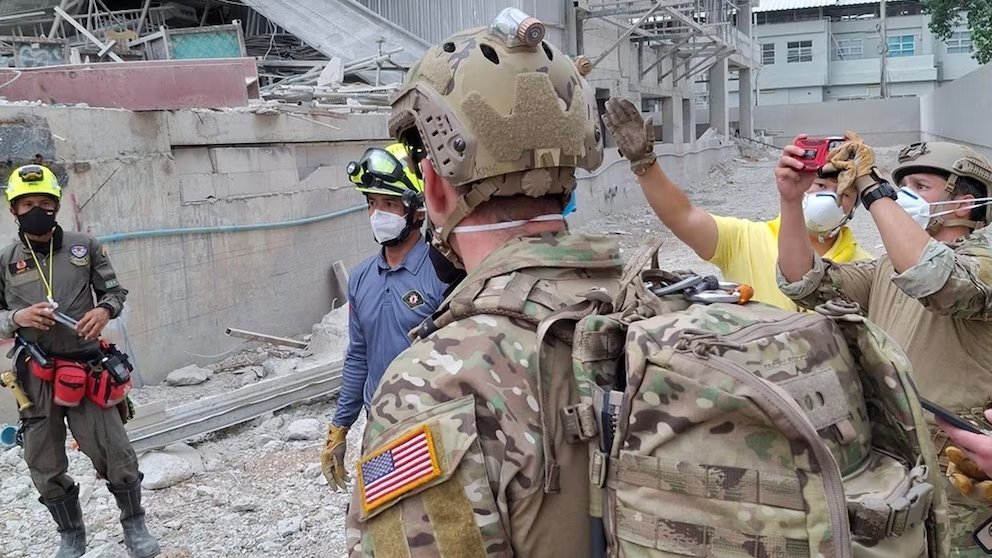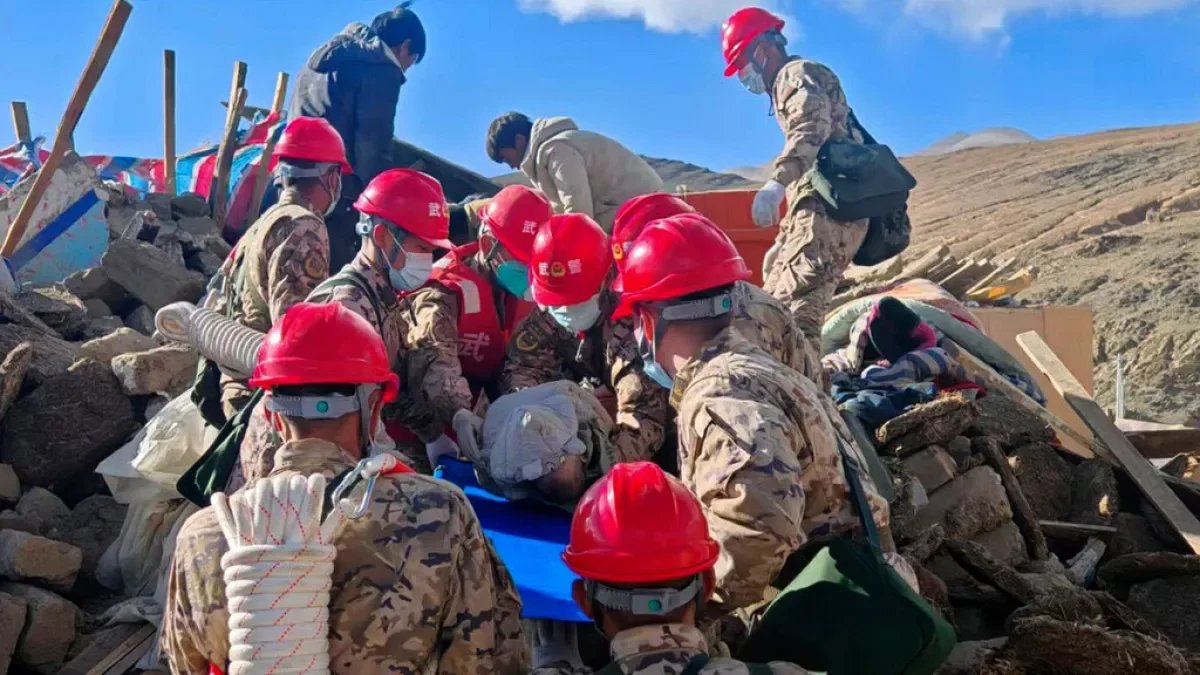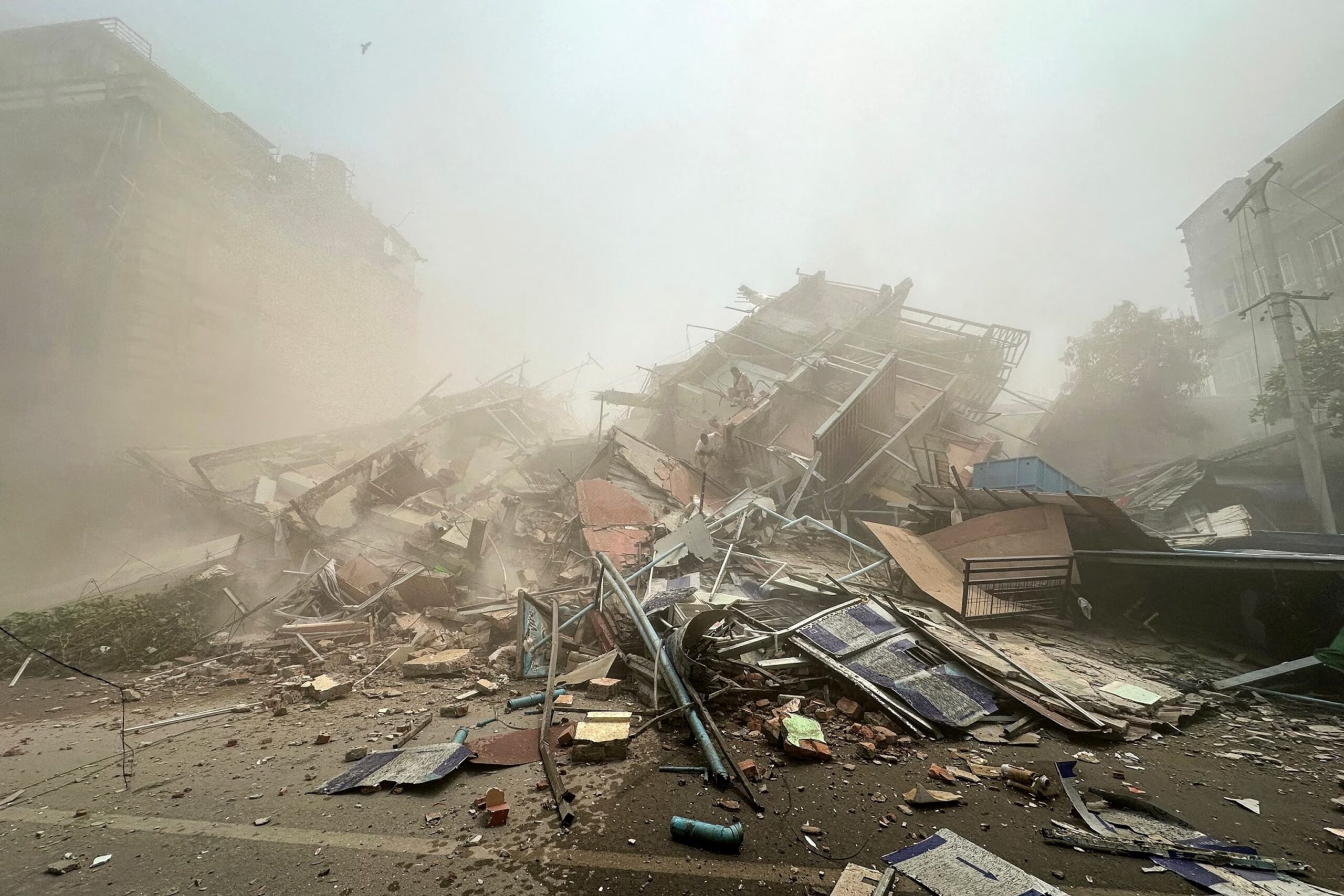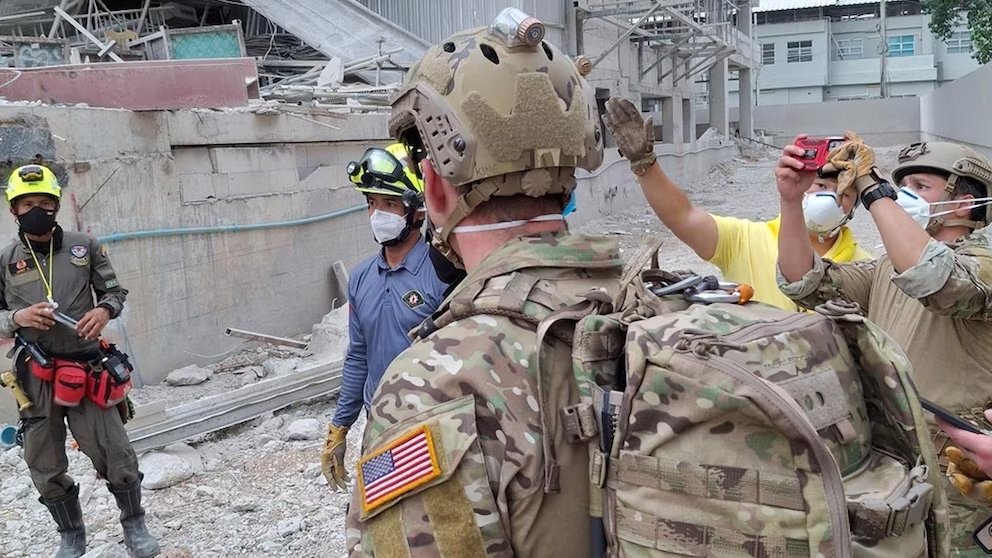The United States has announced a **$2 million aid package** to support relief efforts in Myanmar following a devastating earthquake. However, while Washington’s pledge aims to assist those affected, **China has already stepped in with immediate relief**, filling the gap before U.S. assistance could make an impact. The situation highlights the ongoing geopolitical competition between the two global powers in Southeast Asia, where China has been expanding its influence through rapid disaster response and infrastructure projects.

The earthquake, which struck Myanmar recently, has left **thousands of people displaced, buildings collapsed, and emergency services overwhelmed**. In response, **China quickly mobilized aid**, sending emergency supplies, rescue teams, and medical assistance. Chinese state media widely covered Beijing’s fast response, reinforcing its growing role as the dominant regional power. Meanwhile, **the U.S. announcement of a $2 million aid package**—though significant—was seen by some analysts as **a delayed response**, allowing China to take the spotlight in humanitarian assistance.
Experts suggest that China’s swift action is **part of a broader strategy** to strengthen ties with Myanmar and other Southeast Asian nations. Through its **Belt and Road Initiative (BRI)** and close economic ties, China has positioned itself as Myanmar’s primary partner, especially as relations between the U.S. and Myanmar have been strained in recent years due to political and human rights concerns. **By providing immediate disaster relief, Beijing is reinforcing its influence while demonstrating its ability to act faster than Western powers.**

The U.S. aid pledge, while appreciated, **raises questions about Washington’s long-term strategy in the region**. Critics argue that **America’s bureaucratic approach to foreign aid often slows down its response times**, allowing China to fill the void. Others believe that the U.S. should focus on more comprehensive engagement, not just disaster relief, to counter China’s growing dominance in Myanmar and beyond.
While the immediate focus remains on **helping Myanmar recover from the earthquake**, the situation underscores **the broader competition between the U.S. and China for influence in Southeast Asia**. As Myanmar rebuilds, both global powers will likely continue their efforts to win over the nation through economic aid, infrastructure projects, and diplomatic engagement. Whether the U.S. can keep pace with China’s aggressive regional strategy remains a key question moving forward.

As the international community monitors the situation, **Myanmar’s reliance on foreign assistance highlights the complex power dynamics at play**. Whether Washington’s late-stage aid will shift perceptions or whether China’s rapid response will solidify its position as Myanmar’s preferred partner is yet to be seen. What remains clear is that disaster relief has become another arena for **global influence and strategic positioning** between the world’s two biggest economies.
